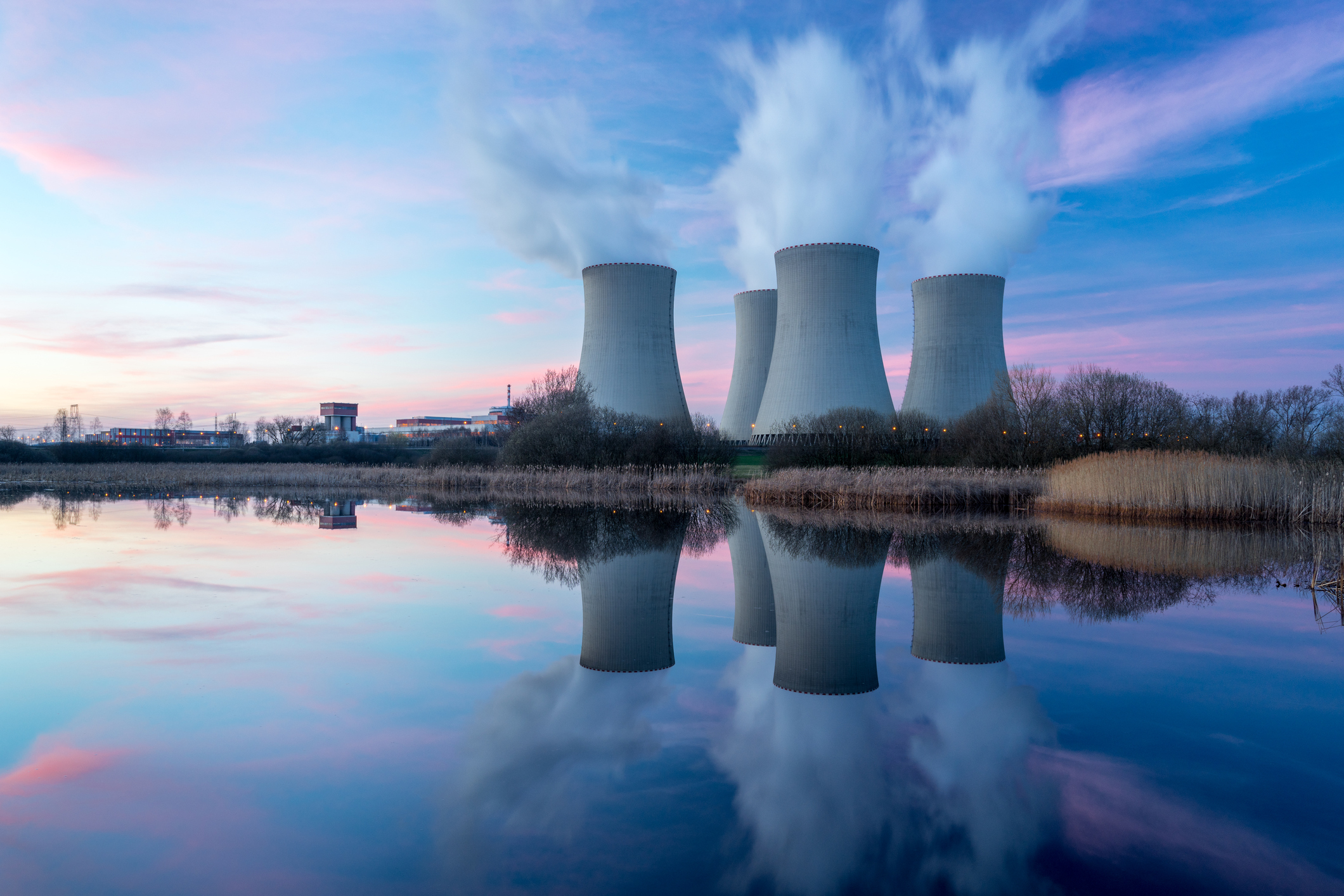Looking beyond fission, there have been major advances in nuclear fusion in recent years. Long considered the "holy grail" of energy, fusion is, to quote the International Atomic Energy Agency, "the process by which two light atomic nuclei combine to form a single heavier one while releasing massive amounts of energy."
What makes it so compelling: Fusion could provide -- again, quoting the IAEA -- "virtually limitless clean, safe and affordable energy to meet the world's energy demand." The problem: It's incredibly hard; we are talking about the equivalent of making miniature suns, after all. But the upside is almost immeasurable, and explains why decades of research and virtual mountains of money have been invested in it. Fusion would be significantly safer and cleaner than any other source of energy under humanity's control today. The question we still don't know the answer to is how many more decades before it's more than just an expensive experiment, much less anywhere close to commercially viable.
And we need more clean energy now. Back to fusion. After many years of negative sentiment, nuclear energy is back on the table -- for good reasons, based on its clean-energy bona fides and a safety record that has been marred by a small number of high-profile events but is far safer than many people think.
Up next, let's take a closer look at three top nuclear energy stocks.




